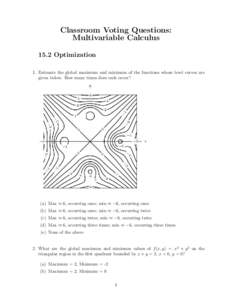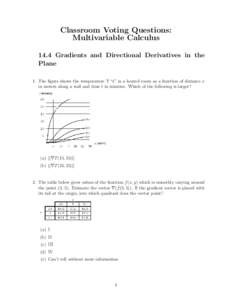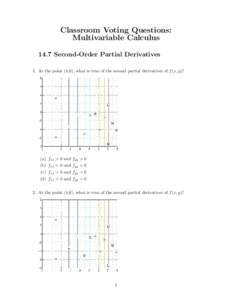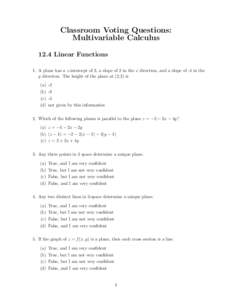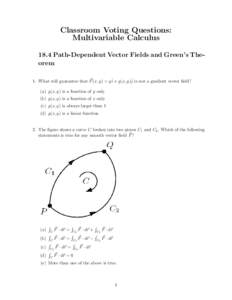<--- Back to Details
| First Page | Document Content | |
|---|---|---|
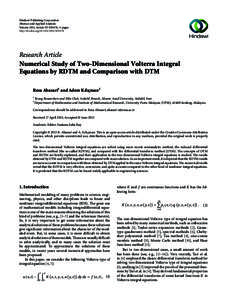 Date: 2014-08-28 18:34:06Differential equations Dynamical systems Partial differential equations Multivariable calculus Nonlinear system Recurrence relation Volterra integral equation Integral equation Trigonometric functions Calculus Mathematics Mathematical analysis |
Add to Reading List |
 Hindawi Publishing Corporation Abstract and Applied Analysis Volume 2013, Article ID[removed], 10 pages http://dx.doi.org[removed][removed]Research Article
Hindawi Publishing Corporation Abstract and Applied Analysis Volume 2013, Article ID[removed], 10 pages http://dx.doi.org[removed][removed]Research Article